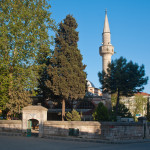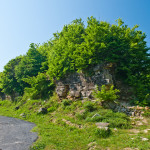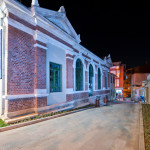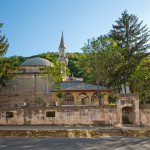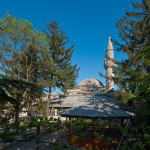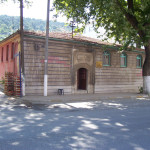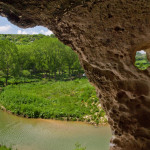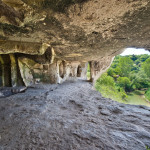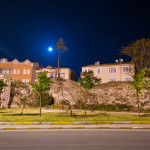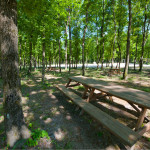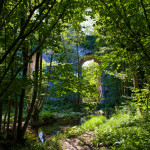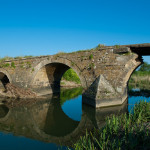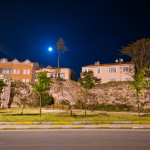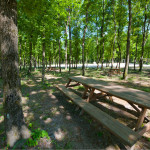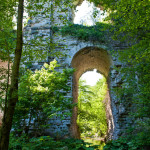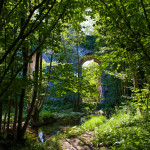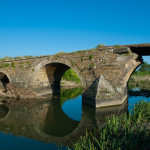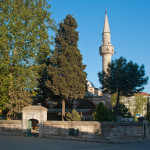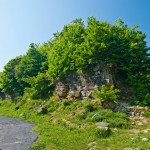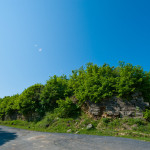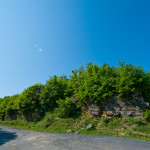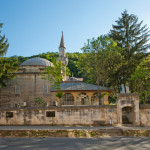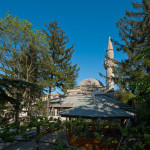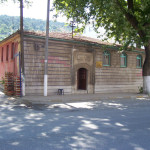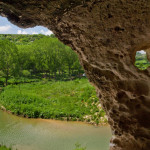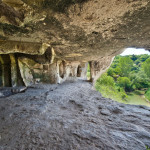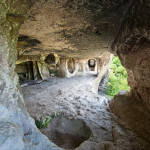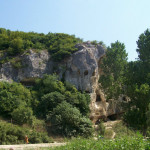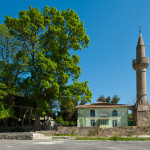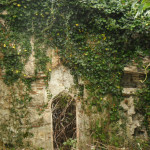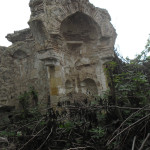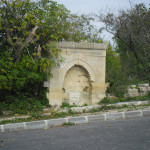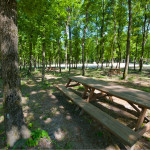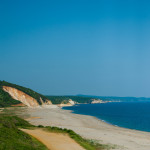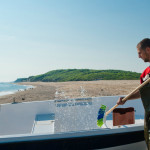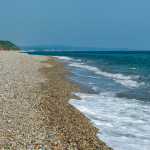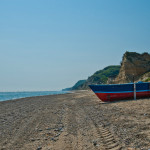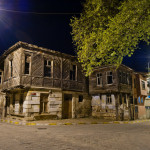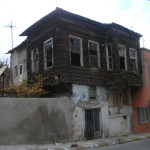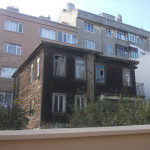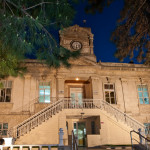Historical Background
Çatalca was known as Metraj or Matraj in the early ages, later on it was transformed to Metron, then Metris. Legend has it that it took its current name when the first settlement was founded on the slopes of a prong-shaped (çatal) mountain. It is the biggest province of Istanbul in terms of acreage, covering a vast area on the western side of Istanbul.
The province was appended to the General Assembly of Brigadier Gendarmerie during the Reform Period in 1865. It was later annexed to Istanbul in 1924 by the order of Mustafa Kemal Atatürk, founder of the Turkish Republic. The status of the province was changed in 1926 again to become a proper County of Istanbul. “I have entrusted this city to Allah,” said Mehmet, the Conqueror of Çatalca. The city is home to many historically significant buildings.
Historic Buildings and Sightseeing Locations
Ferhatpaşa Mosque and Fountain
Ferhat Pasha played an important role at the improvement of public works in Çatalca. By his orders, Sinan the Architect, the great imperial Ottoman architect, was commissioned to construct a complex comprised of an infant’s school and fountain. The inscriptions on the mosque and fountain indicate the date of building as 1006 in Hegira calendar, which is 1597-1598 A.D. in the Gregorian calendar. The building suffered serious damage during the Balkan Wars, but it was renovated in later years. Its interior decoration and ornaments were renewed in the 1990’s. The mosque, an important edifice of the classical Ottoman era, has a main dome and square shaped layout.
Anastasia Fortification Walls
These defensive walls date back to the early Byzantine period, completed during the reign of Anastasios the 1st (491 – 518). Approximately 55 kilometers long, the walls begin from Karacaköy piers (Evcik), a county of Çatalca on the Black Sea coast and extend to Altınorak, a county of Silivri province on the Marmara Sea. Built to repel attacks from the Balkan Peninsula, the walls also functioned as aqueducts and served to protect the main water reservoirs of the city. A considerable part of the walls survived until 1940, but almost nothing is left of the fortification’s walls in the present day.
Aqueducts
The two surviving aqueducts, Kurşun Germe and Ballı Germe, built near Gümüşpınar Village during the Byzantine Era for water supplies, are the most important historical remnants found in Çatalca today. They were used to convey water until the Ottoman times and supplied a vast area of towns and villages, namely Binkılıç, Aydınlar, Karamandere, Belgrat, Çiftlikköy, Başakköy, Kalfaköy, Dağyenice and Yazlık among others.
Turkish baths
The baths were originally built during the lineage of Mehmet the 4th. Structurally, it has private rooms crowned with six little domes. Unfortunately, the building was destroyed during the Balkan Wars and was left to decay for decades. However, the baths were fully restored and renovated in the early 1940’s and are still active today.
İnceğiz Caves
Taking its name from the village İnceğiz, the Caves date back to the 9th century, when the Genoese reigned here. Initially built as housing quarters, the Caves were converted to a church. The signs of the cross on its ceilings also point to that fact. The Caves are a natural wonder where forest and river merge. Many Turkish movie classics were shot in these Caves such as Davaro, starring Kemal Sunal and Tarkan. Today it is often visited by picnickers and nature lovers.
Population Exchange Museum
Once an Old Greek Tavern, the building, located in the Kaleiçi neighborhood, was restored in 2010 and opened as The Population Exchange Museum. It is the first Migration themed museum in Turkey. The museum is visited by many Turks and foreigners on their way to Istanbul















